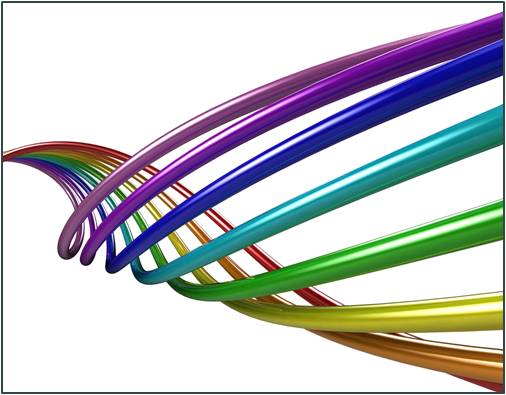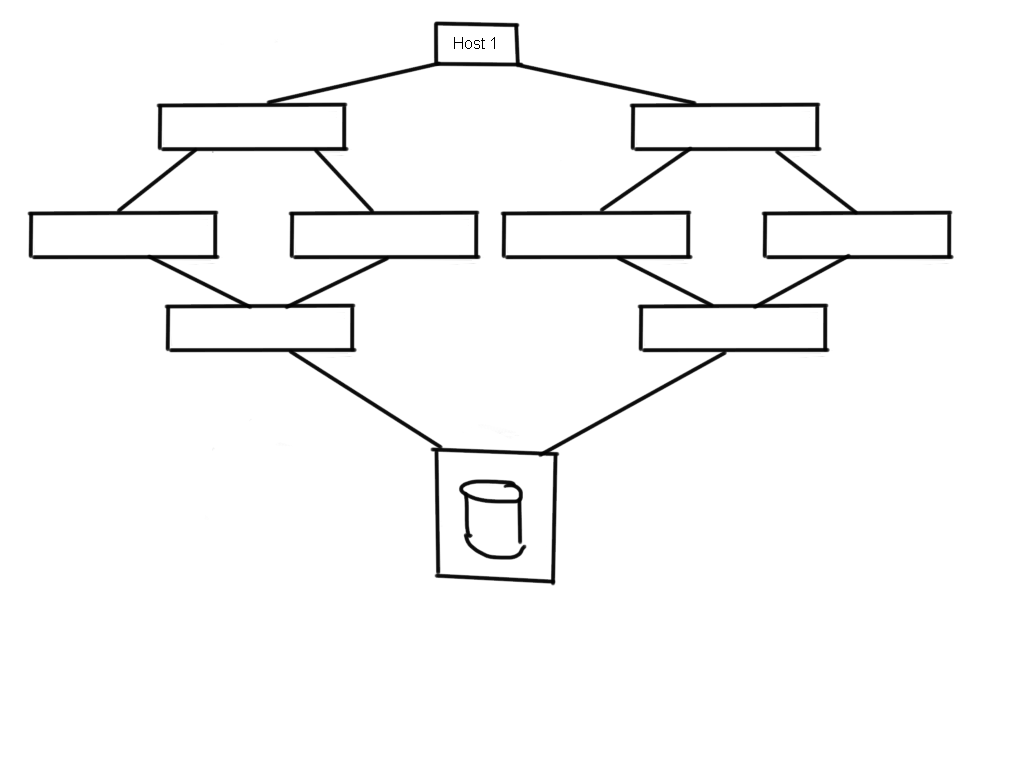One of the most complex ways of implementing long distance connectivity is using CWDM or DWDM extension equipment. Reason being is that the technology is often fairly complex and diagnostics in case of troubleshooting is most often done on a layer 1 level which means you need to have extensive knowledge of not only the way Fibre-Channel operates on a FC-PI (Physical Interface) but also how it aligns to the standards described by the ITU.
9.2 – Long Distance configurations – CWDM/DWDM

